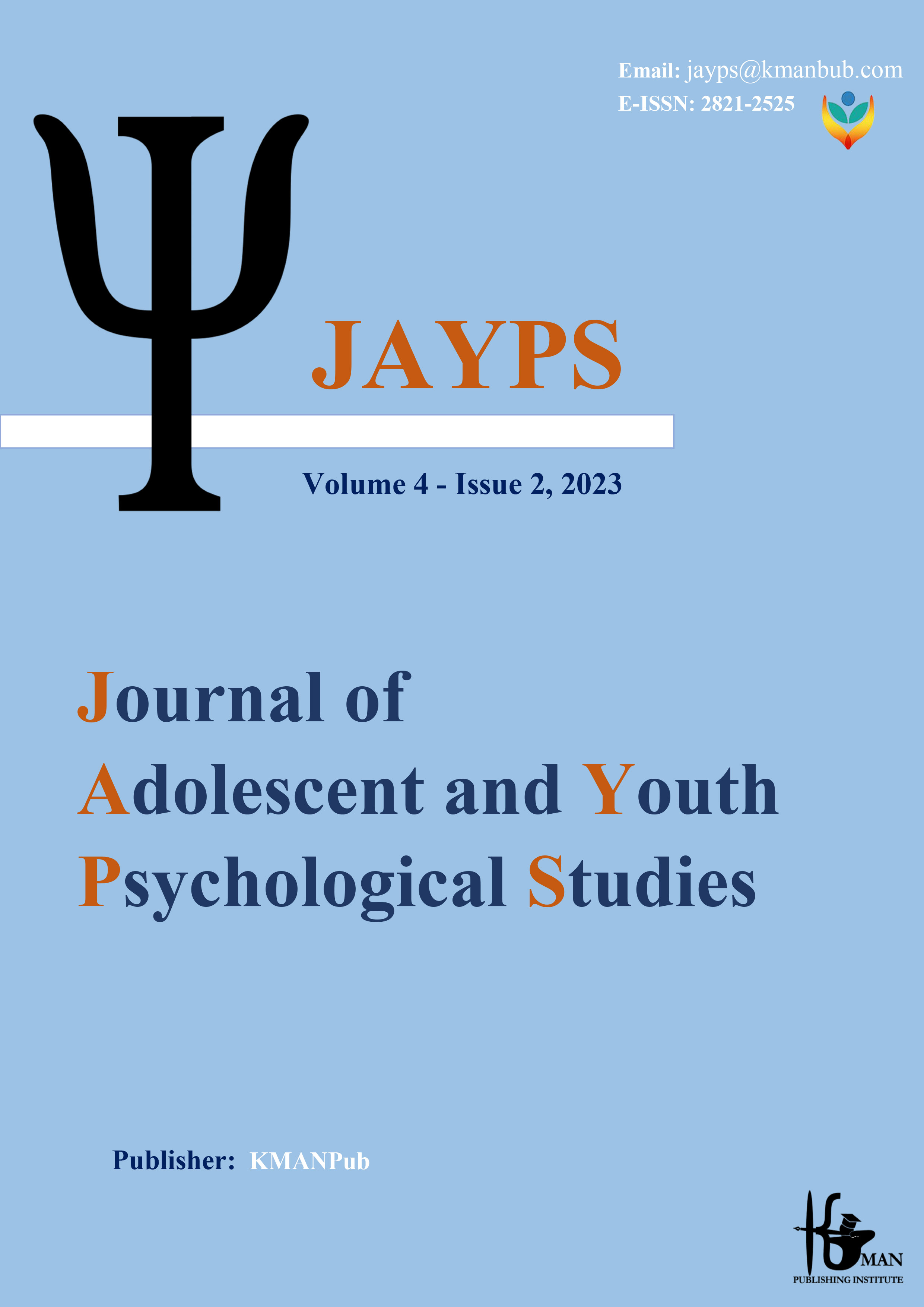Modeling children's behavioral problems based on attachment styles with parent-child relationship mediation
Keywords:
parent-child relationship, attachment styles, behavioral problems.Abstract
Background and Aim: Examining the psychological problems of children and adolescents has always been one of the main concerns of psychologists. The present study was conducted with the aim of modeling children's behavioral problems based on attachment styles with the mediation of parent-child relationship. Methods: In a cross-sectional study in the form of a correlational design, all mothers of primary school students with behavioral problems in Karaj city were selected using a simple random sampling method from the list of names of students diagnosed with behavioral problems. After obtaining informed consent, the research data were used with the help of the Achenbach Child Behavior Checklist (CBCL) - Achenbach and Rescular (2001), the attachment styles questionnaire (1987) and the Pianta Parent-Child Relationship Questionnaire (2015). In order to check the assumptions of the statistical tests and test the hypotheses of the research, using the SmartPLS software, the identified paths of the research have been investigated according to the conceptual model. Version 3.3 of SmartPLS software was used to compile the confirmatory factor analysis model and structural equations, and SPSS version 26 was used for descriptive statistics. Path analysis has also been used to determine direct and indirect coefficients. Results: The results obtained from the bootstrap method and the Sobel test both show that the indirect effect of attachment styles on children's behavioral problems due to the parent-child relationship is -0.142, and the value of the Sobel statistic is at the 95% confidence level. It is significant (P>0.001, Sobel=3.56). As a result, attachment styles have a significant effect on children's behavioral problems due to the mediating role of parent-child relationship. The negative value of beta (-0.142) shows the negativity and oppositeness of this effect. Conclusion: It can be concluded that attachment styles are effective in creating behavioral problems in children by mediating parent-child relationship, which can be used in the prevention program while removing clinical implications.
Downloads
Downloads
Published
Issue
Section
License

This work is licensed under a Creative Commons Attribution-NonCommercial 4.0 International License.









